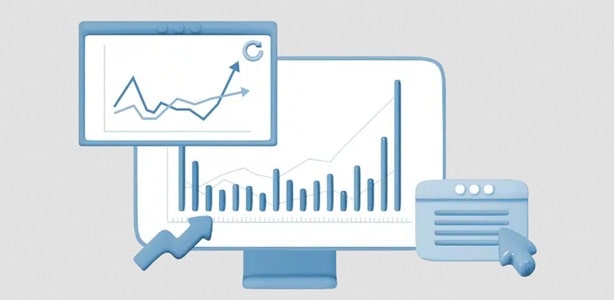A stock trader must hone his techniques and decision-making power to make his investing style more reliable. When you learn about the intricacies, you benefit more. However, it should not complicate your trading style. Some tools remove much of the manual work from the analysis process, providing ample time and space for strategizing. You can use them to refine your trading style before risking your capital. Find a tool that can particularly help you with backtesting.
Backtesting method

You can apply this process to gain insights into your existing trading strategy by tracking the old market data and its impact on your choices. Suppose the results show it would have worked in your favor earlier. Depending on the market situation, you can expect it to support you even in the future. It opens opportunities to compare and fine-tune your strategies before participating in the live market. With the help of backtesting, you can reduce your risk exposures with a reliable investment approach. However, you must find a robust stock scanner to provide the correct insights, regardless of the market hours. How do you use a tool for this?
- Provide correct inputs about your trading strategy, which must be actionable
- Check and secure the historical data to ensure the accuracy
- Use your tool’s backtesting features against your strategy (primarily, it is like simulating trades within a specific timeframe)
- Study the performance metrics, such as win rate, profits, patterns, trends, and more
- Work on your method based on the evaluation
The role of backtesting in trading
Trading without data is not a wise investment but a guesswork open to huge risks and potential losses. If you don’t consciously work on this, your confidence levels will be hit hard. You can even doubt those parts of your strategy that had a chance of success. Backtesting can minimize these errors or uncertainties in your trading behavior by revealing how your plan worked during varying market situations. You no longer would rely on second-guessing, especially when the market looks volatile. Your trades can become more systematic and less emotionally driven. With consistency and discipline, you can eventually close your trades successfully.
You can also rely on backtesting to evaluate your strategy’s risk profile. Specifically, you can learn how much your portfolio might go up or down. Such an insight enables you to be financially and mentally prepared. You can save your capital and optimize your returns, too. Your decision-making abilities also improve because you now understand the market dynamics with each progress. You can differentiate between what looks like a possibility and what is real. You can check out service providers like Stock Market Guides for a better grip on this. You can check out their chart patterns, stock indicators, stock fundamentals, candlestick patterns, etc. These criteria define your strategy. Once you identify yours, you can apply backtesting to see where your strategy stands in the larger scheme of events.
Many seasoned traders sometimes fail because of overconfidence in their strategies. Suppose you take measured steps at every level. In that case, you will not only be safeguarded against potential losses and sudden market changes, but you may also make profits even during uncertain times.

